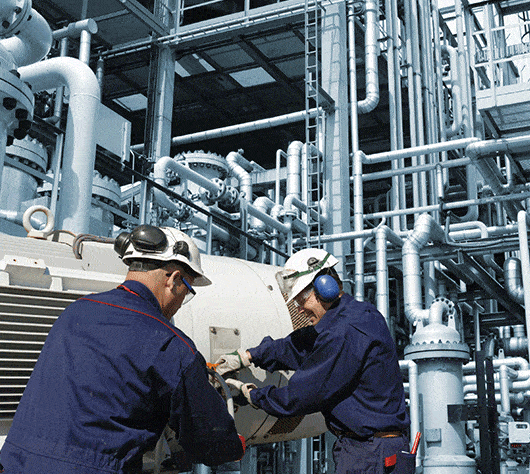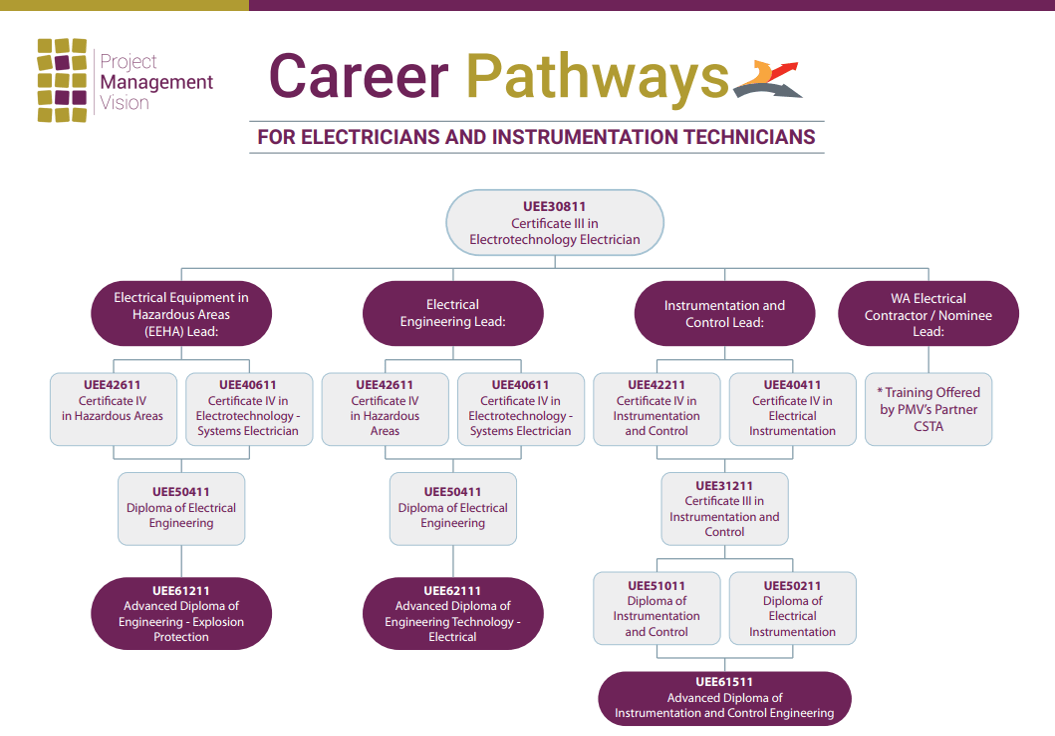An Unbiased View of Roar Solutions
An Unbiased View of Roar Solutions
Blog Article
Fascination About Roar Solutions
Table of ContentsSome Ideas on Roar Solutions You Should KnowSome Known Details About Roar Solutions Excitement About Roar Solutions
In order to protect installations from a potential surge a technique of analysing and classifying a possibly harmful area is called for. The objective of this is to make sure the appropriate option and installation of tools to eventually avoid an explosion and to make certain security of life.
(https://www.bark.com/en/au/company/roar-solutions/Bz3O1R/)
No tools must be mounted where the surface area temperature of the devices is higher than the ignition temperature of the offered hazard. Below are some typical dust harmful and their minimal ignition temperature. Coal Dirt 380C 225C Polythene 420C (thaws) Methyl Cellulose 420C 320C Starch 460C 435C Flour 490C 340C Sugar 490C 460C Grain Dirt 510C 300C Phenolic Material 530C > 450C Aluminium 590C > 450C PVC 700C > 450C Residue 810C 570C The possibility of the danger being present in a concentration high adequate to create an ignition will vary from location to area.
Hazardous area electric devices perhaps made for usage in higher ambient temperatures. Field Repair By Authorised Personnel: Challenging screening might not be called for nevertheless specific procedures might require to be complied with in order for the devices to maintain its 3rd celebration score. Each piece of tools with a harmful rating ought to be assessed separately.
The Single Strategy To Use For Roar Solutions
The devices register is a detailed database of devices records that consists of a minimum collection of fields to determine each item's location, technical parameters, Ex-spouse classification, age, and ecological data. This info is critical for monitoring and handling the devices effectively within dangerous locations. In comparison, for routine or RBI tasting examinations, the quality will be a combination of In-depth and Close inspections. The ratio of Thorough to Close assessments will be identified by the Tools Risk, which is examined based upon ignition risk (the probability of a resource of ignition versus the chance of a flammable ambience )and the dangerous area classification
( Area 0, 1, or 2). This variant will additionally influence the resourcing requirements for job prep work. When Whole lots are defined, you can develop sampling plans based upon the example dimension of each Lot, which refers to the variety of random tools products to be checked. To figure out the called for sample size, 2 elements require to be assessed: the dimension of the Whole lot and the classification of examination, which suggests the level of effort that should be applied( minimized, normal, or raised )to the assessment of the Lot. By combining the category of examination with the Great deal size, you can then establish the ideal denial requirements for an example, indicating the allowed number of defective things found within that example. For more details on this procedure, please describe the Power Institute Guidelines. The IEC 60079 standard advises that the optimum period in between evaluations ought to not go beyond 3 years. EEHA examinations will certainly likewise be conducted outside of RBI projects as component of set up maintenance and equipment overhauls or repair services. These inspections can be attributed toward the RBI example dimensions within the impacted Great deals. EEHA assessments are conducted to determine faults in electrical tools. A weighted scoring system is crucial, as a single piece of tools might have multiple faults, each with differing levels of ignition risk. If the combined rating of both assessments is much less than twice the mistake score, the Lot is regarded appropriate. If the Lot is still considered undesirable, it must undergo a complete assessment or justification, which may trigger more stringent evaluation protocols. Accepted Great deal: The reasons of any mistakes are determined. If a common failing mode is discovered, additional devices might need evaluation and fixing. Faults are categorized by seriousness( Safety and security, Integrity, Home cleaning ), making sure that immediate issues are analyzed and dealt with without delay to mitigate any type of influence on safety or operations. The EEHA data source should track and videotape the lifecycle of mistakes together with the corrective actions taken. Carrying out a robust Risk-Based Assessment( RBI )strategy is critical for guaranteeing conformity and safety and security in handling Electric Devices in Hazardous Areas( EEHA) (high voltage courses). Automated Fault Scoring and Lifecycle Administration: Easily manage mistakes and track their lifecycle to boost assessment accuracy. The introduction of this support for risk-based evaluation additionally enhances Inspectivity's position as a best-in-class option for regulative compliance, in addition to for any kind of asset-centric assessment usage case. If you want finding out more, we invite you to ask for a demo and uncover how our remedy can change your EEHA administration procedures.
The Best Strategy To Use For Roar Solutions

In terms of explosive threat, an unsafe area is an atmosphere in which an eruptive atmosphere exists (or might be expected check out here to be present) in amounts that need special preventative measures for the building, installation and use of equipment. Roar Training Solutions. In this article we check out the challenges dealt with in the office, the threat control procedures, and the called for expertises to function safely
It issues of modern life that we produce, store or take care of a variety of gases or fluids that are regarded flammable, and a series of dusts that are considered combustible. These substances can, in certain problems, form explosive environments and these can have significant and unfortunate effects. The majority of us know with the fire triangle remove any type of among the three elements and the fire can not happen, but what does this mean in the context of unsafe areas? When damaging this down into its most basic terms it is essentially: a mix of a certain amount of launch or leakage of a particular material or product, mixing with ambient oxygen, and the existence of a resource of ignition.
In a lot of circumstances, we can do little about the levels of oxygen in the air, yet we can have substantial influence on sources of ignition, as an example electric devices. Unsafe areas are documented on the unsafe location category drawing and are determined on-site by the triangular "EX-SPOUSE" indication. Here, amongst various other key details, zones are split right into 3 kinds relying on the threat, the chance and duration that an explosive ambience will exist; Area 0 or 20 is considered one of the most dangerous and Zone 2 or 22 is regarded the least.
Report this page